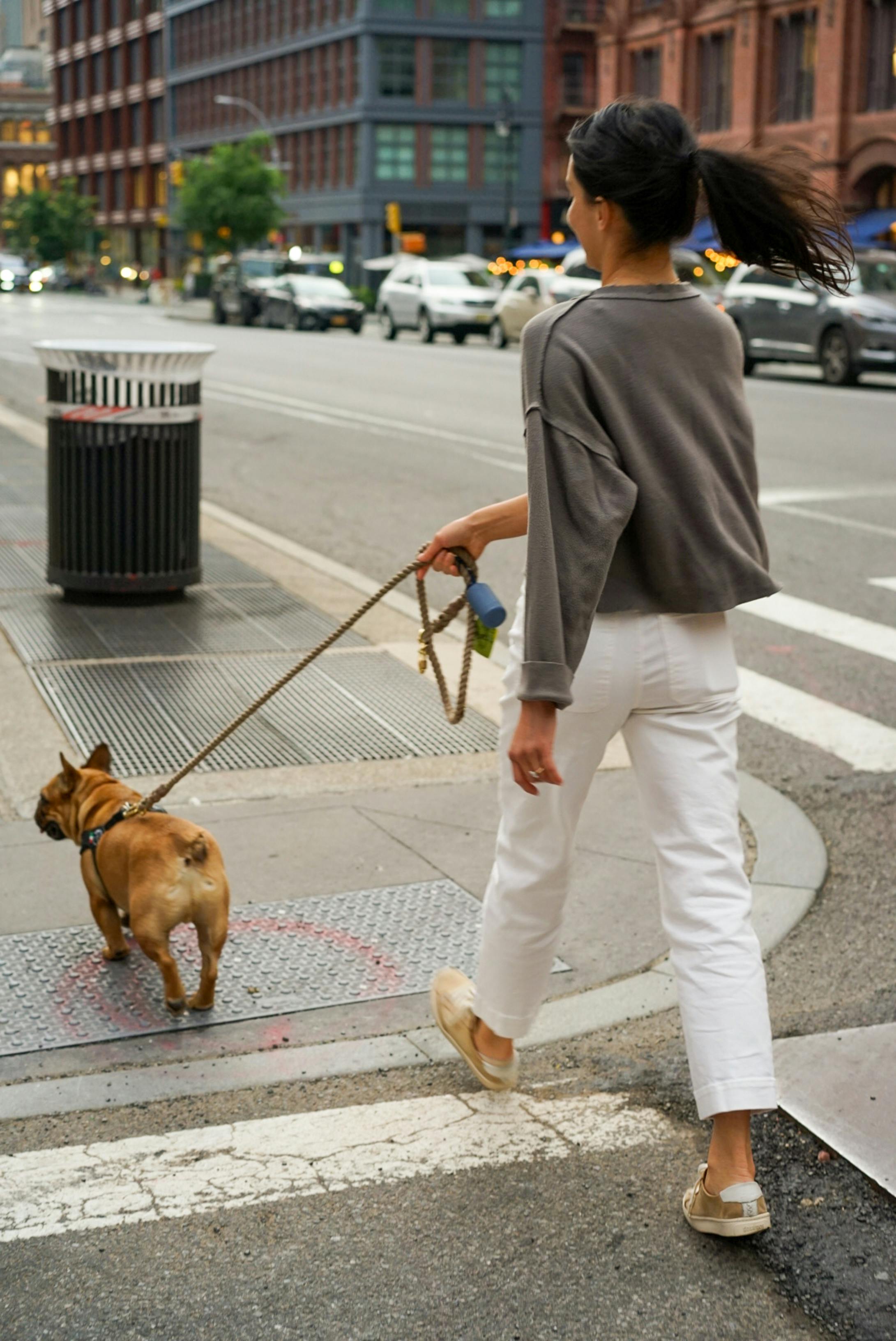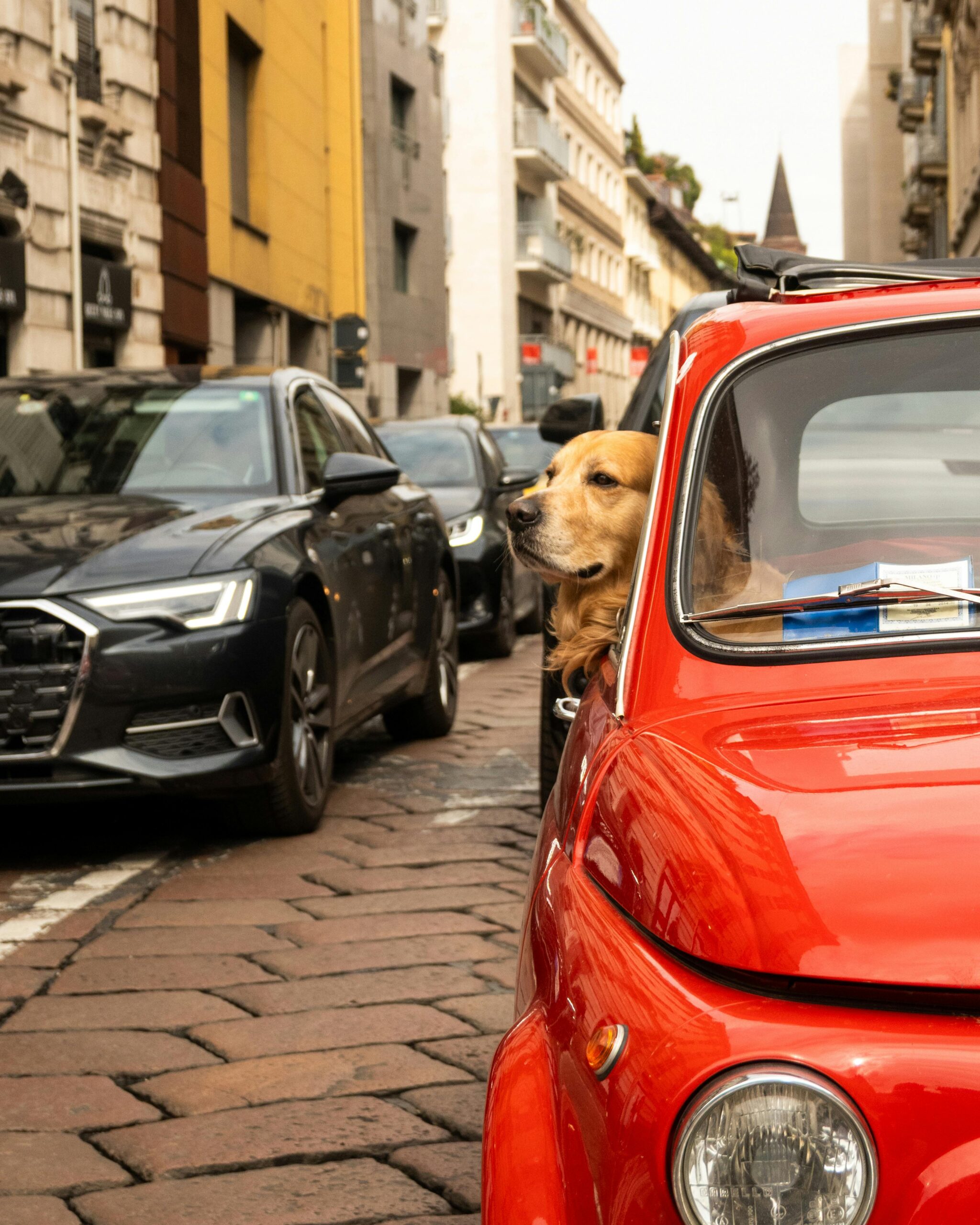Pet Mode Cars: The Future of Safe Pet Travel
More people than ever are hitting the road with their pets, and automakers are taking notice. As a result, “pet mode cars” are emerging as a vital feature in modern vehicles. This article explores what pet mode cars are, why they’re important, and how you can benefit from this evolving technology in your daily life.

Understanding the Fundamentals
Pet mode cars refer to vehicles equipped with built-in features specifically designed to ensure the safety, comfort, and well-being of pets during travel. These innovations cater to growing demand from pet owners who prioritize their animal companions while on the road.
Think of it as the automotive industry’s version of child safety seats, but for pets. It marks a shift from makeshift travel solutions toward integrated, tech-powered pet travel experiences.
1.1 Safety as a Priority
One of the main principles behind pet mode cars is enhanced safety. Features such as climate control systems, seat restraints, and cabin sensors help regulate temperature and monitor pet behavior. For instance, Tesla’s Dog Mode ensures the interior stays cool and alerts passersby that the pet is safe inside.
Beyond convenience, these innovations can be life-saving. According to the American Veterinary Medical Association, dozens of pets die annually from heatstroke in parked cars—a problem pet mode cars directly aim to resolve.
1.2 Comfort and Convenience
Unlike basic restraints, pet mode cars prioritize comfort. Plush seat inserts, anti-anxiety lighting, and noise cancellation technology ensure a pleasant ride for both pets and their owners.
It’s the automotive version of a luxury pet spa on wheels—delivering not just travel, but tranquility.
Practical Implementation Guide
Understanding the theory is great, but how do you actually use pet mode cars effectively? Below is a hands-on guide to get started with integrating pet mode functionality into your daily travels.

2.1 Actionable Steps
- Choose the Right Vehicle: Research models with dedicated pet features such as temperature regulation, pet barriers, and camera systems.
- Install Accessories: Use pet seat belts, travel crates, or booster seats to maximize safety.
- Regular Training: Help your pet acclimate to the vehicle using treats and short drives before long trips.
2.2 Overcoming Challenges
While pet mode cars are incredibly helpful, some obstacles may arise:
- Motion Sickness: Use anti-nausea medication approved by your vet.
- Anxiety: Bring familiar toys or blankets to comfort your pet.
- Overheating: Never rely solely on traditional AC; monitor cabin temps manually or via apps.
When in doubt, consult your veterinarian or local dealership for specific compatibility tips and pet travel recommendations.
Advanced Applications
For tech-savvy pet owners and high-mileage travelers, advanced applications of pet mode cars offer significant upgrades. These enhancements go beyond basic features, integrating AI and smart sensors for fully automated monitoring and control.

3.1 Smart Cabin Monitoring
Some vehicles use AI-powered cameras to track pet movement and adjust climate control based on body temperature. For example, Hyundai and Subaru are developing systems that detect distress and send alerts directly to your smartphone.
Data shows a 30% decrease in pet-related travel incidents in cars equipped with smart pet monitoring, making it one of the most significant upgrades available.
3.2 Integration with Home Systems
Advanced pet mode cars can now sync with home automation tools like Alexa or Google Home. This allows owners to pre-condition their vehicle remotely or even view their pet in real-time while away.
These integrated systems create a seamless experience, especially for pet parents who travel frequently or live in warmer climates.
Future Outlook
The pet care industry is booming, with pet travel expected to grow by 9% annually. As a result, automakers are investing heavily in new technologies focused on animal safety and comfort.
Look out for innovations like biometric pet IDs, automatic feeding stations, and even AI-powered behavior analysis. Staying informed and investing early can place you ahead of the curve.
Conclusion
To summarize, pet mode cars offer:
- Improved safety through temperature regulation and restraints
- Enhanced comfort with smart design and noise control
- Advanced integration with home and mobile technology
If you travel with pets frequently, investing in a pet mode car can transform your experience. Start by exploring vehicle options with these features or retrofitting your existing vehicle with pet-safe upgrades.
Begin your journey toward safer, happier pet travel today. The future of pet mobility is already here—embrace it.
Frequently Asked Questions
- Q: What is a pet mode car? A pet mode car includes built-in features like temperature control, pet monitoring cameras, and restraints to ensure pet safety during travel.
- Q: How do I get started with pet-safe driving? Begin by choosing a vehicle with pet mode or install seat belts and temperature regulators for your pet.
- Q: How long does it take for pets to adjust to car travel? With consistent short trips, most pets adapt within 2–3 weeks depending on temperament.
- Q: Is it expensive to buy a pet mode car? Prices vary, but some features come standard on newer models while add-ons may cost $200–$1,000.
- Q: Are pet mode cars better than traditional setups? Yes, they offer integrated systems, real-time monitoring, and comfort features unavailable in DIY solutions.
- Q: Is it hard to learn how to use pet mode features? Not at all—most systems are app-based or use simple dashboard commands.
- Q: Can pet mode features help in professional pet transport? Absolutely. Groomers, vets, and transport services use these vehicles for safety and efficiency.
